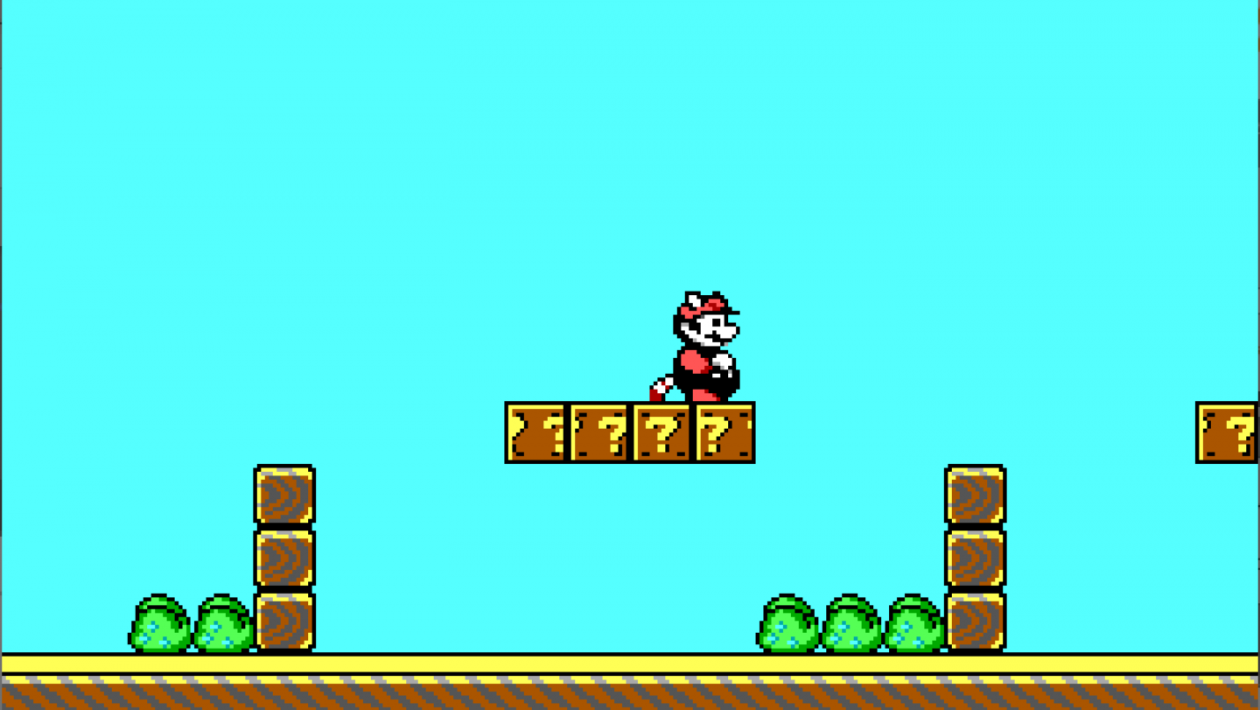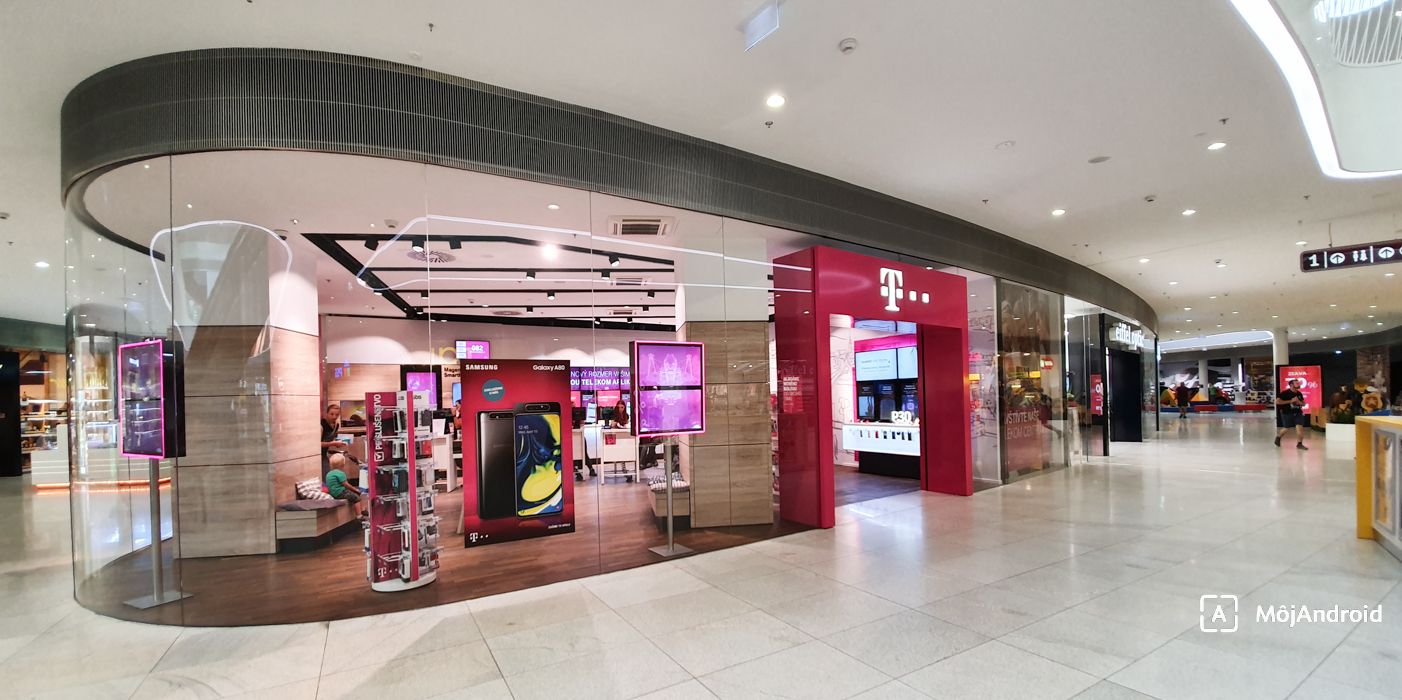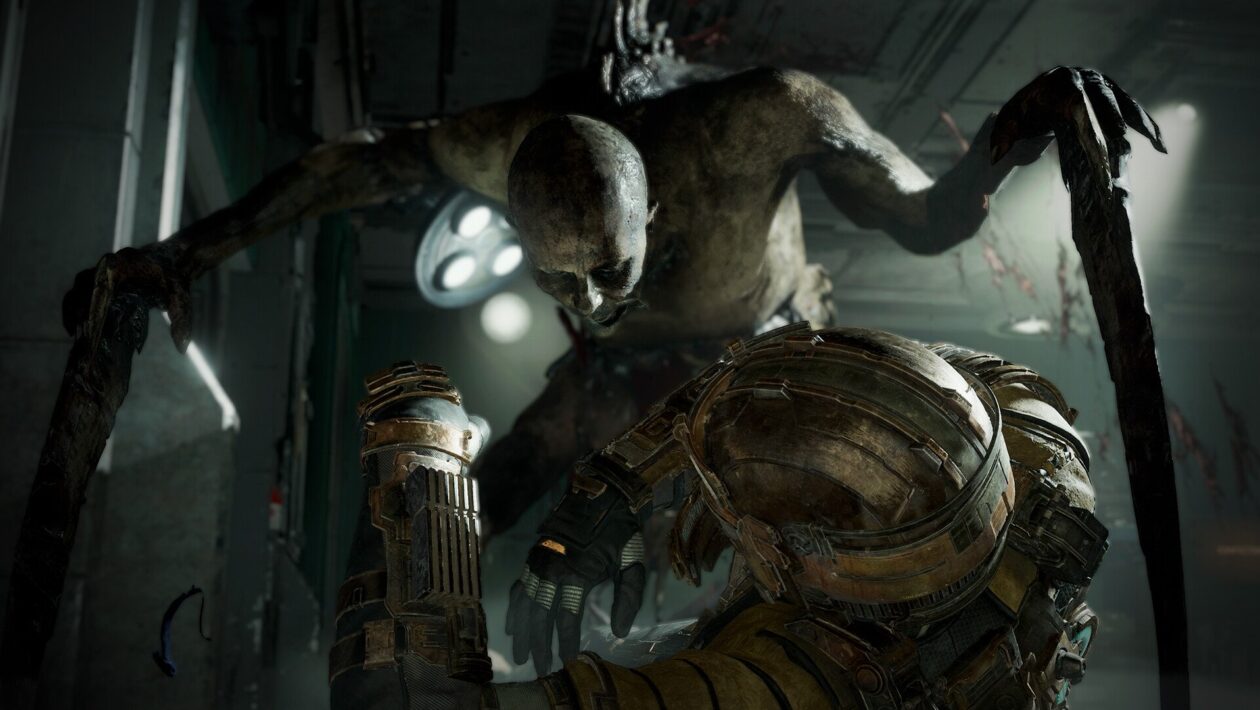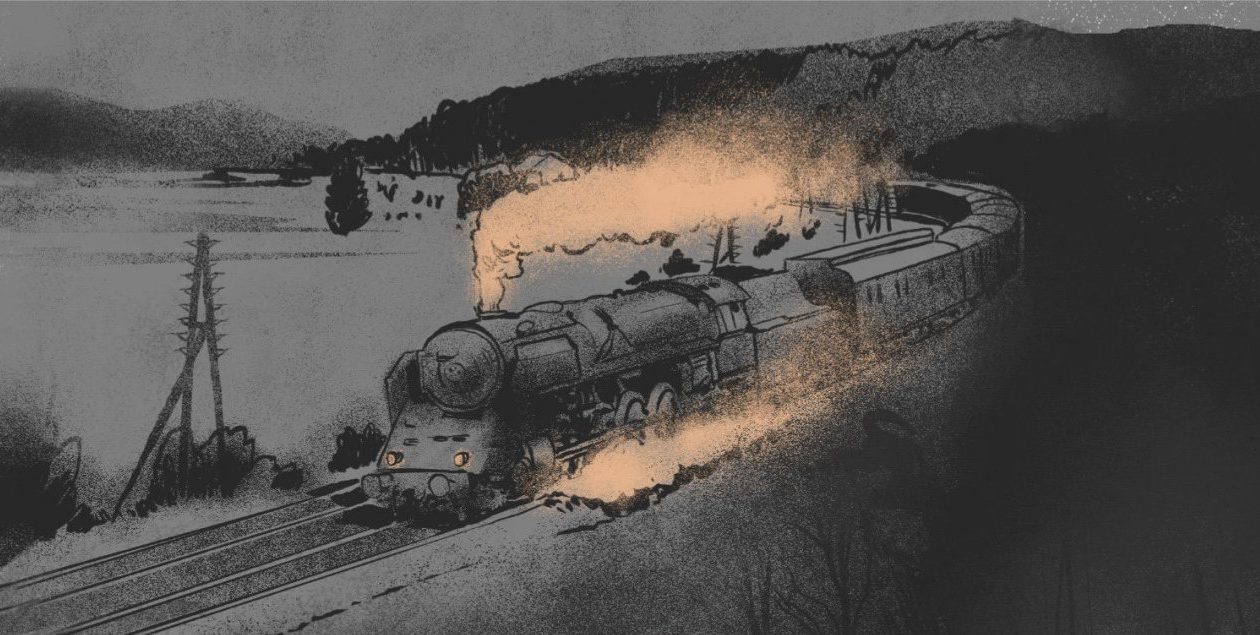The museum acquired a PC port Maria from id Software -apkrig for its collection
Even before studio id Software became famous for cult games like Wolfenstein 3D or Doom, it gave the world another popular series – Commander Keen. And in a way, it was born from the unfinished PC port of the Super Mario Bros. platformer. 3 from Nintendo. It was created by John Carmack and Tom Hall to prove that they can emulate completely seamless scrolling in DOS as on a console. They demonstrated their solution to Nintendo, but the management eventually rejected it, even though the solution itself allegedly impressed them. But the public has never tried this gem.
Strong National Museum of Play has now acquired this functional demo. Clone Super Mario Bros. 3 for DOS was founded in 1990 and its existence is nothing new in itself. id Software was still called Ideas from the Deep (IFD) at the time, and they created the game in less than a week, hoping to capture Nintendo and win a contract for an official port. Although the original plan failed, the technology itself, which allowed the image to move smoothly with the hero along with the hero like on the NES, was so revolutionary that it served as a springboard to the Commander Keen series.
The demo was part of a larger collection, selflessly donated by an unnamed developer.
But that would be a long story in itself, more like the whole topic. More important from our point of view is that the original PC port of Super Mario Bros. 3 has long been considered lost, or at least very well hidden somewhere. Finally, it was presented to the public by John Romero in 2015, but this demo has never been freely available. Only now has the American Museum been able to obtain it. It was part of a larger collection, selflessly donated by an unnamed developer. We do not know his identity, but he was not directly involved in this project, he just got into the game during his work.
The curator of the museum, Andrew Borman, also verified the authenticity of the play with the help of Romer’s older video, and had the opportunity to see for the first time as one of the few parts that were not even seen on video. He clarified that this is still an early version that lacks many elements and is not as refined as it might have been if the developers had actually received permission from Nintendo in 1990 to complete and release the game. According to Borman, however, the title is very amusing, considering the circumstances under which it was created.
Surprisingly, the Rochester Gaming Museum does not currently plan to present the title to the public, but Borman does not rule it out in the future. However, the demo will be available on request to at least researchers and other groups who show a relevant interest in this piece of digital history. In particular, the museum is committed to preserving all data for future generations using the best possible means. So that even those who may not even have been born can examine them one day.
In an interview with Ars Technica, Borman himself points out that although the demo is the result of relatively short work, given the companies involved, this is an important fragment of history and an indication of what it could be like if Nintendo and id Software actually agreed to work together. We can’t play the prototype yet, so we have to thank at least the mentioned record from 2015.



